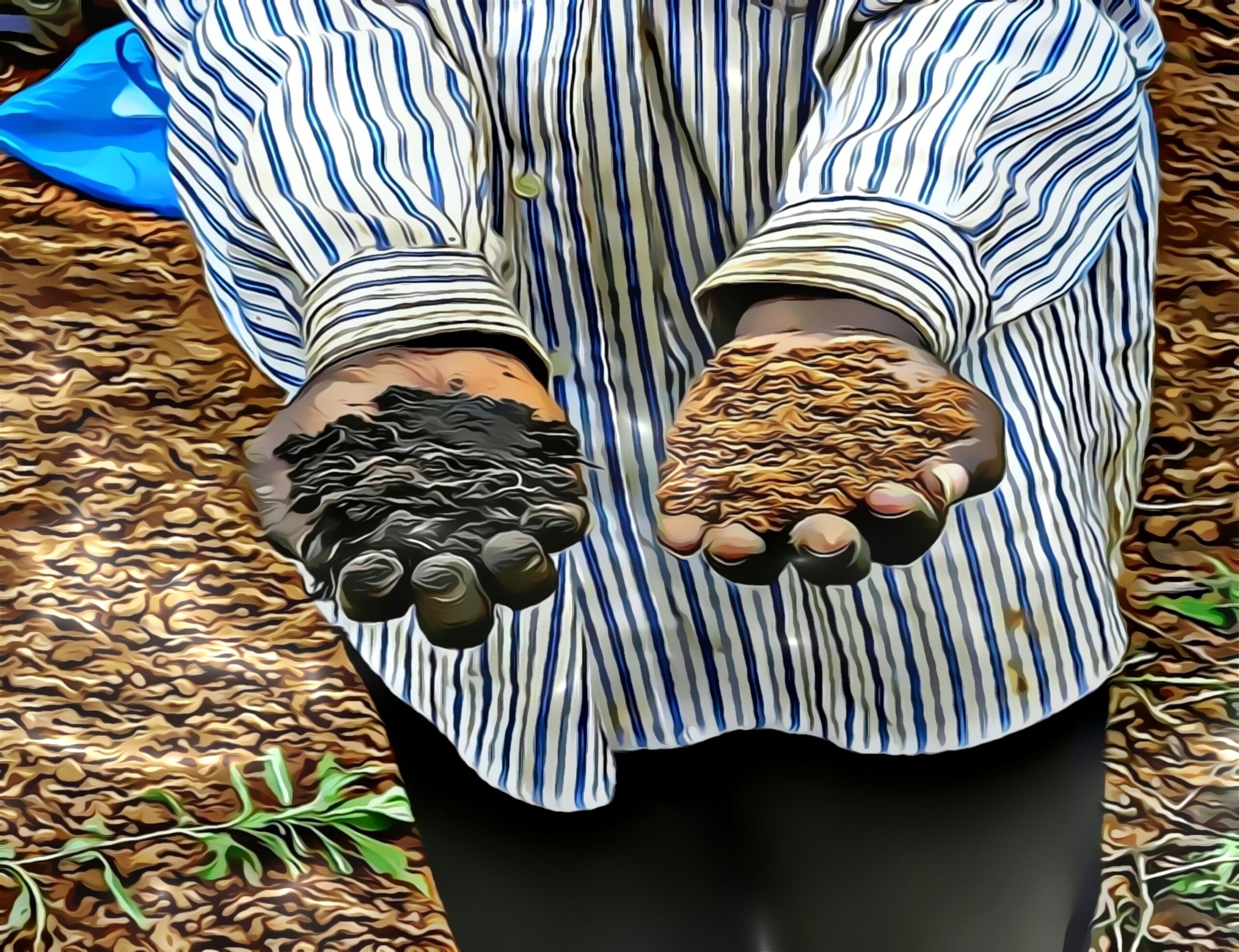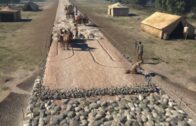AFRICAN INVENTORS WILL FIND NEW USES FOR THEIR DIRT
MEMBERS & VISITORS:
AFRICAN INVENTORS WILL FIND NEW USES FOR THEIR DIRT
Read “AFRICA: The New Eden”
Modern day Africa in currently in a uniquely blessed position. By owning and controlling over 67% of the world’s arable farmland it is in a strong position to become the world’s food basket. With proper asset management, South Sudan alone would be able to feed 4 billion people worldwide. Africa understands that it can be fully food secure using no more than the resources it already controls…
African inventors can have a field day when it comes to innovations using just plain earth. The impediments imposed by building unions, banks, and the construction industry are not as fierce as in other parts of the world where people try to maintain their hold on the means of wealth creation through sleight-of-hand political maneuvers.
This is how an inexpensive yet comfortable mud house is built in rural Kenya, my new home country in Africa. This adds even further in allowing the annual cost of living to be a small fraction of what is required in Europe or the western world.
The Mud matters
Mud Block can be a sustainable housing option reducing ecological foot print and degradation of environment while promoting employment and entrepreneurship locally.
Idaho modern oldtimer builds underground & solar $50 houses
Wasp 3D-prints eco-homes from local raw earth for $1K
After years of creating machines to 3D print rubber, recycled plastics, clay, and geopolymers, the Italian start-up WASP created a 3D-Printer capable of printing a home for the marginal cost (which, they say, leans to 0) of the dirt.
In 2018, the team printed their first home in 10 days using local earth (30% clay, 40% silt, 30% sand), 40% chopped rice straw, 25% rice husk, and 10% lime. “Gaia” cost 900 euros (1,000 dollars) in materials for 30 meters of wall. The round-shaped structure relied on a wooden roof and beams for support.
Three years later, WASP printed an all-earth two-domed home dubbed TECLA (Technology + Clay) using two synchronized printing arms, which were programmed to pick, mix and pump materials into layers. At their headquarters in Massa Lombarda, Italy, it took 200 hours, 7000 machine codes, and 6kw of energy to print the 350 layers of clay.
WASP (World’s Advanced Saving Project) is the brainchild of father-daughter team Massimo and Francesca Moretti. Launched in 2011 when Francesca, a designer, began tinkering with early 3D printers and introduced her electronic technician father to the tech.
Massimo, inspired by nature – and specifically the mason wasp which builds its own nest with material recovered from the surrounding environment – began designing a 3D printer capable of building houses with local, natural materials “at a cost tending to zero”.
In late 2021, WASP worked with fashion house Dior to print a pop-up store in Dubai covered in their signature Cannage motif (3D printed using clay, sand, and raw fibers). The same year, they used the Crane 3D printer to create the “livable sculpture” titled “House of Dust”; it took 50 hours of 3D printing, 500 G-codes, 165 15mm-layers, 15 kilometers of extrusion, and eight cubic meters of material to print the 16-square-meter habitable structure in Wiesbaden, Germany.
We have published other informative posts on Invention School’s website which may interest you. To view our entire catalog of over 750 posts go to inventionschool.tech/category/blog/ or use our handy search tool to find topics of interest to you.
Mechanical/Solar Engineer, Prof. Oku Singer
(42)






